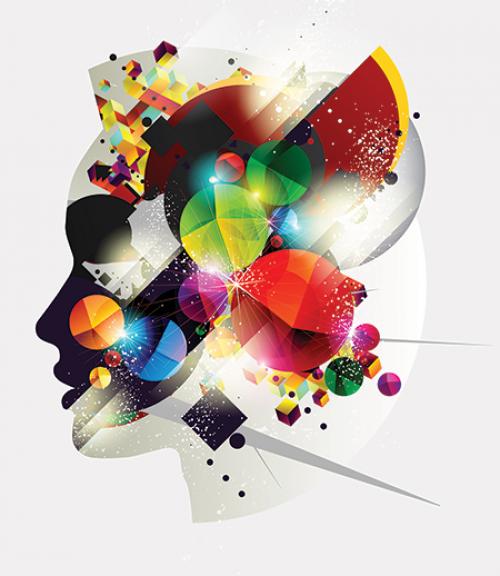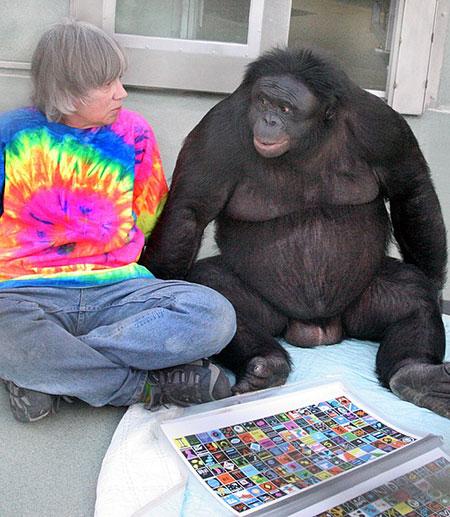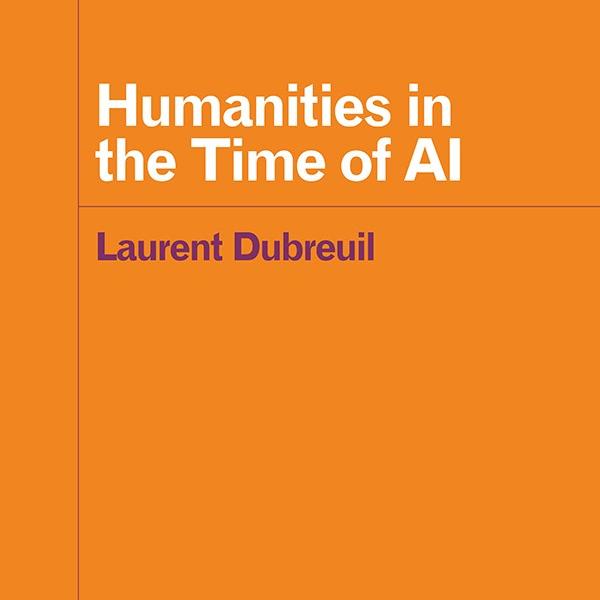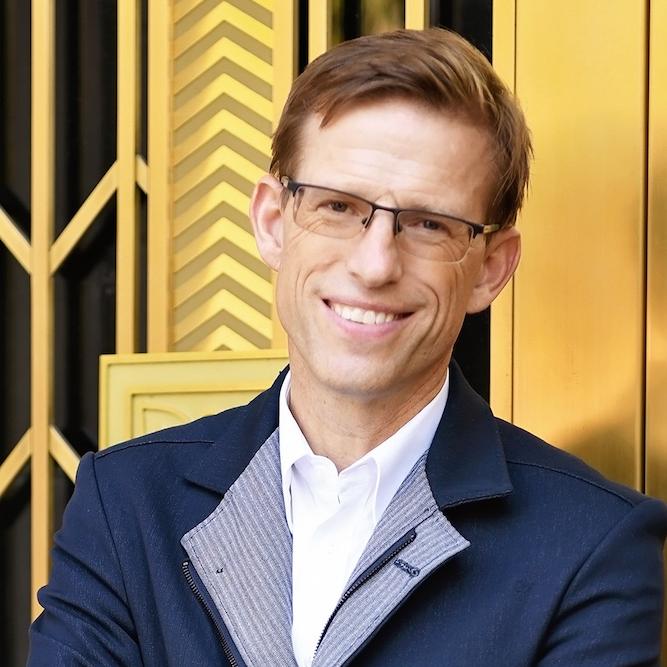
 Department Homepage
The College of Arts & Sciences
Department Homepage
The College of Arts & Sciences
New book reintegrates the science of language
Is language innate? How did we get language? While researchers continue to debate, a new book offers a revolutionary, unifying framework for understanding the processing, acquisition and evolution of language. The book, “Creating Language: Integrating Evolution, Acquisition, and Processing” by Cornell Professor of Psychology Morten H.




